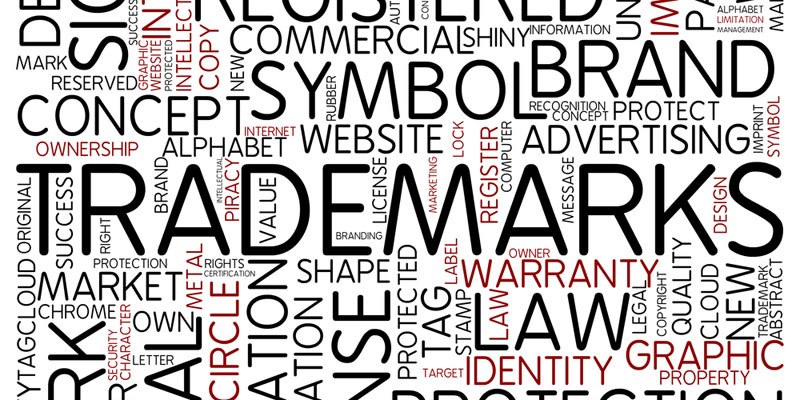No ‘khan chacha’: Delhi HC to 24 entities to avoid trademark theft.

The Delhi High Court has ordered that 24 food establishments cease using the “Khan Chacha” brand and that Zomato and Swiggy remove these establishments from their lists of participating restaurants. The court stated in an interim injunction that the use of the name “Khan Chacha” by any other companies for comparable services would “obviously infringe the plaintiff’s registered mark having reference to the Trade Marks Act of 1999, Section 29(1).
Gupta & Gupta Private Limited, who has been employing the trademark “Khan Chacha” since 1972, had established a convincing prima facie case of infringement, according to Justice C. Hari Shankar’s decision. Gupta & Gupta launched a lawsuit against several parties, alleging that they are offering comparable services by utilizing the moniker “Khan Chacha” without permission. It had been argued that the organizations also offered online services through Zomato and Swiggy for the delivery of food and other goods.

In addition to asking for an injunction against the parties, the lawsuit requested that meal delivery services be ordered to remove any postings bearing the “Khan Chacha” brand. The court issued summonses in the case, scheduled the hearing on April 11, and instructed that a response be submitted within four weeks.
The court ruled that the defendants are forbidden from using or publicly promoting any mark that contains the words “Khan Chacha” for services that are comparable to or related to those covered by classes 29 and 43 of the categorization of goods and services for trademark purposes.
Now that we know the case let’s understand the legal terms that surround the lawsuit.
Trademark.
A trademark is described as a symbol that may be represented visually and can be used to differentiate one person’s goods or services from those of another. This symbol can take the form of an object, packaging, or a combination of colors. Once a trademark is registered and recognized, only the holder of the trademark’s intellectual rights has the right to use it in connection with another party, and vice versa. However, several restrictions and requirements must be met to have the only right to use the trademark.
Trademark infringement is defined in Section 29 of the Trademarks Act of 1999 as the use of a mark that is identical to or confusingly similar to the trademark in connection with the products or services for which the trademark is registered by a person who is not the registered proprietor. It is simply the unlawful use of a registered trademark’s exclusive rights without the agreement of the owner or licensees. The similarity between the two marks and the various goods and services has repeatedly been interpreted by the authorities to confuse the public’s impressions.
They could make unjustified gains from the registered brand’s well-earned reputation. It must be demonstrated that the infringing trademark is confusingly similar to or identical to the registered trademark for a claim of trademark infringement against a person to be successful.

What is prima facie in legal terms?
The Prima facie case indicates that it requires careful examination, research, or decision.
The Trade Marks Act, 1999
The Trade Marks Act, of 1999 is an act to amend and consolidate trademark legislation, to allow for trademark registration and improved protection for products and services, and to combat the use of false marks.
The need for trademarks.
Trademarks are analogous to brand fingerprints. These distinguishing phrases, logos, symbols, or other graphic aspects aid purchasers in quickly identifying the brand from which a product emanates. When an existing logo, slogan, or other distinguishing feature on a product or packaging “is likely to produce consumer confusion as to the source of such items,” trademark infringement occurs.
While there are instances of unintentional trademark infringement, infringements can arise when counterfeit merchants intentionally mislead consumers into purchasing a product from a legitimate firm. This is harmful to both the buyer and the infringing brand.
Why is it necessary to protect a trademark?
A registered trademark secures ownership of a brand, name, or logo. It protects your brand from unlawful third-party use. This proves that the product is wholly yours, and you have the exclusive right to use, sell, and change the brand or items in any manner you see proper.

The last call.
As an entrepreneur or start-up owner, your earliest years are devoted to generating goodwill and a market reputation for the brand name, as well as carving out a market sector. To build an appealing brand identity, one must work hard to produce original designs for a corporate logo. Due to its diverse economy, India features a wide range of free markets-based sectors. The market system has a fierce rivalry. Every company has to have brand recognition and brand value to succeed in the free market. Utilizing trademarks is the simplest strategy. Any company has the right to protect its trademark at every cost.
edited and proofread by nikita sharma




